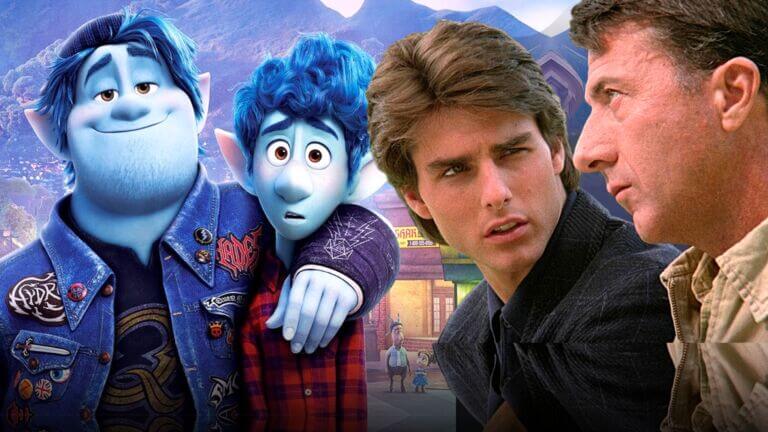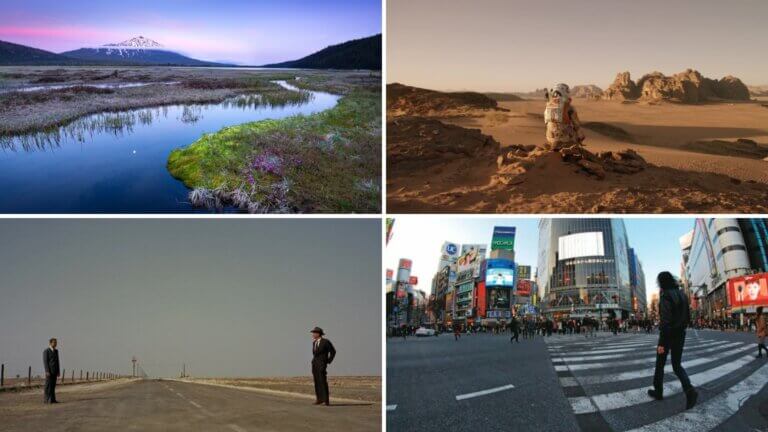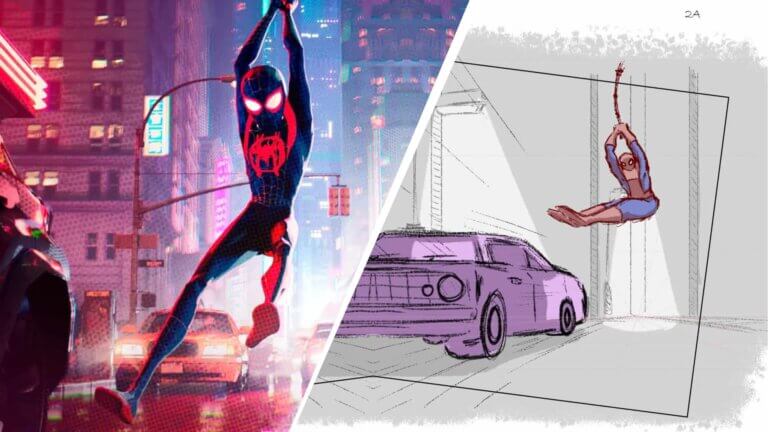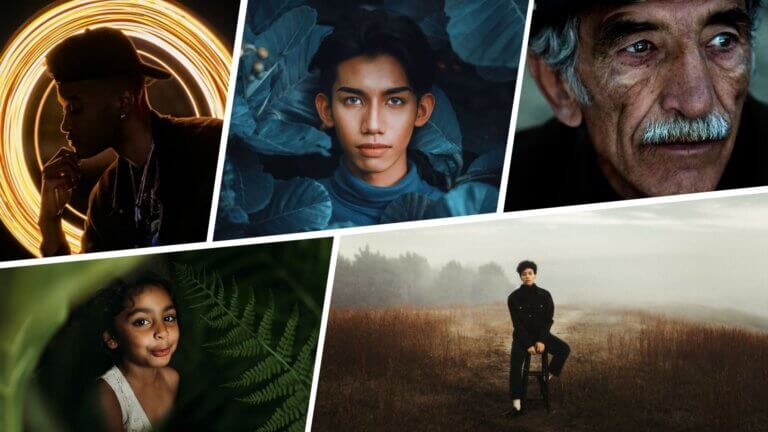You’ve heard of a protagonist and an antagonist. And now you can really knock the socks off your screenwriting buddies by discussing how your script’s deuteragonist impacts the plot. But what is a deuteragonist and how can you make sure yours serves a vital function in your story. You’re the hero of your filmmaking journey while StudioBinder is the sidekick, so let’s dive into this archetype. Continue reading What is a Deuteragonist — Definition & Examples
What is a character arc and why are they so important in storytelling? A character arc is an essential part of writing a fully-fledged character. As much as we like seeing goals being achieved, it is the internal, positive change in characters that we really gravitate towards. We’re going to answer those questions with a character arc definition – then we’ll look at character arc examples in literature and film. By the end, you’ll know how to write a satisfying arc.Continue reading What is a Character Arc — Definition & Types of Character Arcs
Everyone loves a good slow-motion scene or a shot that speed ramps into an interesting moment. The key to these types of videos begins with understanding and controlling frame rate. What is frame rate and why is it important? We’ve done the legwork, and put together the best information to explain frame rate, frames per second (fps) and the ideal video frame rate. Once you’ve finished this complete guide, you will have the knowledge to properly control frame rates, and create your own slow-motion, fast-motion, and speed ramped videos. Let's jump in! Continue reading What is Frame Rate? A…
Literary devices aim to utilize words to communicate more efficiently and more effectively to readers and audiences. In this article, we’ll be taking a look at a literary device that aims to do just that simply by using the same word or phrase again and again. This is of course repetition. Repetition may seem straightforward, but there are various types of repetition that are defined by how and where words or phrases are repeated. So, what is repetition actually used for? Let’s take a look at those types of repetition and how iconic writers have used them throughout history. Continue reading What…
One of the best ways for filmmakers to visually create a cohesive and intentional film tone is through lighting. The best cinematographers in the industry have a great understanding of the relationship between lighting and story. High key lighting has a long history in the world of film and television for both logistical and artistic reasons. While there may be some debate to the effectiveness of high key lighting versus more dynamic lighting techniques, it may surprise you to know that one of the pioneers of dramatic, low-key lighting also pioneered the use of high key lighting in television. Who is…
The benefits of using a wide angle camera lens can be found in the work of some of the best filmmakers from Steven Spielberg to Roman Polanski to Stanley Kubrick. What is a wide angle lens used for? The answer to that varies. Wide angle lenses can create visual and psychological effects depending on how they are used. Understanding these different effects is a great way for any filmmaker to learn how to make a scene more immersive. Before we dive into when to use a wide angle lens in film, you may be wondering “What is a wide angle…
Whether you’re making an animated commercial, a live-action short, or a feature film, animatics will help ensure a solid finished product. You’ve probably heard of storyboards and might have seen animatics before, even if you didn’t know that’s what they’re called.So, what is an animatic and what makes them so useful?In this post, we’re going to provide an animatic definition, discuss the reasons why any project can benefit from them and provide some real-world examples. The process of how to make an animatic is much simpler than it might sound. If you’ve already generated storyboards, you're just one step away.Continue…
Special effects in film are a crucial component of modern movie-making. They have the power to transport audiences to fantastical worlds, create realistic portrayals of historical events, and add an emotional depth that enhances storytelling. In this article, we will explore what special effects are in film, the different types of special effects that exist, their history in cinema, and their impact on modern-day filmmaking.Continue reading What are Special Effects in Movies — History & Types Explained
Portraits existed long before the invention of photography. Far before there was a camera even to take a photograph, rulers and monarchs hired painters to paint their own portraits. Today, portrait photography has taken the place of this tradition. Portrait photographers as tasked with the ambitious goal of capturing the identity of a subject in a single image. What is portrait photography and what types are there? In this article, we’ll answer these questions and take a look at the types that exist depending on the subject and goal of a photograph. Continue reading What is Portrait Photography — Types, Styles,…
If you’re a filmmaker of any kind, you need to know the rules of cinema and video production. Understanding these rules give you control over your images.One of the most important rules to know is the 180 degree rule.Continue reading What is the 180 Degree Rule in Film? Crossing the Line with Purpose









